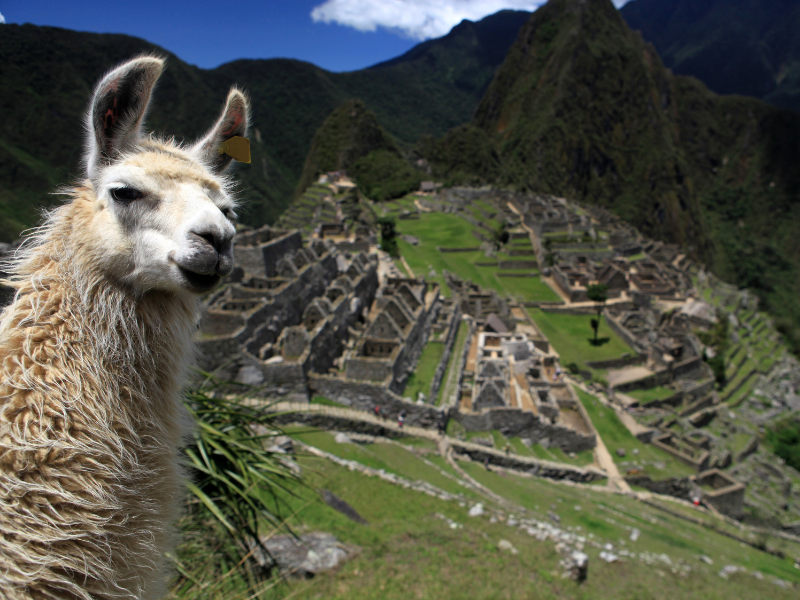Ready to explore the world’s 15 best historic sites? From Egypt’s pyramids to Guatemala’s temples, these awe-inspiring destinations showcase human ingenuity and connect us to our shared past. Let’s dive into history’s greatest marvels and get inspired!
The Best Historic Sites Around the World at a Glance
Are you excited to start planning your vacation through history? While we can’t get you a time machine (yet), I can assure you this is the next best thing. From ancient structures in the heart of Rome to hidden temples in the jungle, you can’t go wrong with a visit to any of these historical sites.
Here’s a quick look at the world’s 15 best historic sites, each with its unique superlative:
- Best-Preserved Ancient City: Pompeii, Italy
- Longest Ancient Structure: The Great Wall of China
- Most Iconic Ancient Arena: The Colosseum, Rome
- Best Jungle Ruins: Tikal, Guatemala
- Most Mysterious Stone Circle: Stonehenge, England
- Finest Ancient Temple: Parthenon, Greece
- Most Beautiful Mausoleum: Taj Mahal, India
- Best Mountain Ruins: Machu Picchu, Peru
- Most Intriguing Desert City: Petra, Jordan
- Best Cliff Dwellings: Mesa Verde, USA
- Oldest Monumental Structures: The Pyramids at Giza, Egypt
- Largest Religious Monument: Angkor Wat, Cambodia
- Best Preserved Mayan City: Chichén Itzá, Mexico
- Most Scenic Historic Site: Alhambra, Spain
- Top Underrated Ancient Ruins: Great Zimbabwe, Zimbabwe
And now, without further ado, let’s look at some amazing historical places!

1. Pompeii, Italy
Honestly, Pompeii is way cooler than any textbook ever made it sound. I walked through these 2,000-year-old streets last year and couldn’t stop thinking about how people were just living their normal lives when Mount Vesuvius decided to have the worst possible day. The whole city got buried in volcanic ash and stayed that way for almost 1,700 years – which is exactly why it’s so incredibly preserved today.
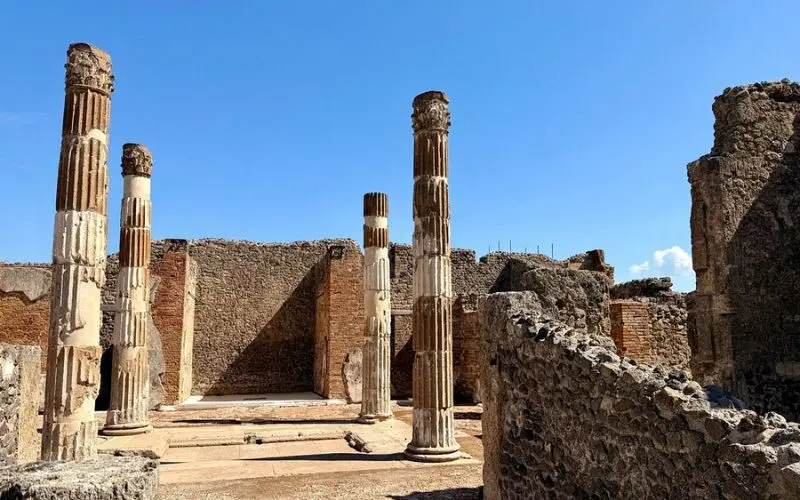
What makes Pompeii special isn’t just the big stuff like the amphitheater (though that’s pretty awesome). It’s the little details that get you – ancient graffiti on walls, fast food joints with stone counters, and those famous plaster casts of people who didn’t make it out. You’ll need at least 4-6 hours to see the main highlights properly, and trust me, you’ll want every minute.
The site is open from 9am to 7pm in summer and 9am to 5pm in winter. Tickets start at €19 and you absolutely need to book online ahead of time – they now limit visitors to 20,000 per day, and tickets are assigned to specific time slots between April and October. The Porta Marina entrance is your best bet since it’s closest to the main attractions. Don’t skip the Villa of Mysteries if you upgrade to Pompeii Plus – the frescoes there are incredible.
- Read next: Best Things to Do in Naples
- You may also like: Jaw-Dropping Places in Campania
- For more reading: UNESCO World Heritage Sites

2. The Great Wall of China, China
Look, everyone knows about the Great Wall of China, but actually standing on it hits different. This thing stretches over 13,000 miles across mountains, deserts, and grasslands – and yeah, it’s just as impressive as you’d think. I’ve been to both Badaling and Mutianyu sections, and while Badaling gets crazy crowded (it’s only 70km from Beijing), Mutianyu is definitely worth the extra 20-minute drive.
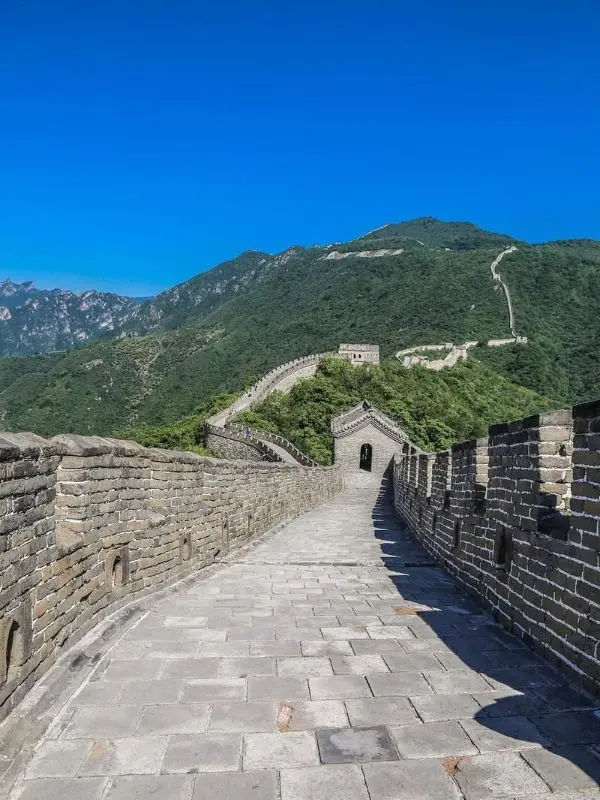
Mutianyu is where it’s at if you want fewer crowds and better photos. The wall here is wider with guard towers on both sides, plus you can take a cable car up and toboggan down – which is honestly pretty fun. Entry costs around ¥45 ($6), and the cable car is ¥120 round trip. If you’re feeling adventurous, Simatai is the only section you can visit at night with special lighting, but it’s about 2 hours from Beijing.
The best sections near Beijing are all about 1-2 hours away by car or tour bus. Badaling is the most restored and touristy but also the most accessible. Jinshanling is perfect for serious hikers who want those epic Instagram shots without the crowds. Pro tip: go early morning or late afternoon to avoid the worst crowds and get better lighting for photos. The wall definitely lives up to the hype – just pick your section based on your crowd tolerance and fitness level.
- Read next: Guide to Shanghai
- You may also like: Beautiful Places in China

3. The Colosseum, Italy
The Colosseum in Rome is one of those places that actually makes you stop in your tracks. Standing in those ancient stands, looking down at the arena floor where gladiators fought 2,000 years ago, is pretty surreal. This massive amphitheater could hold up to 80,000 people – that’s bigger than most modern football stadiums.
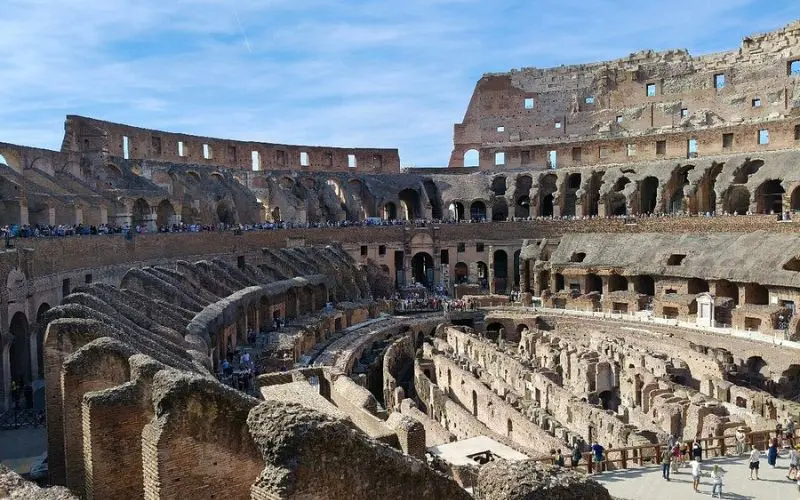
Here’s what you need to know for 2025: basic tickets cost €18 and include access to the Roman Forum and Palatine Hill. But honestly, if you can swing it, pay the extra €6 for arena floor access – standing where the gladiators actually fought is worth every euro. The underground tours are incredible but sell out within minutes when they’re released 30 days in advance. You’re looking at €24 for underground access, and these tours are totally worth it if you can snag tickets.
The Colosseum opens at 8:30am and closes between 5pm-7pm depending on the season. Skip-the-line tickets are essential – I’ve seen people wait 2+ hours in summer just to buy tickets. The arena floor gives you that epic gladiator perspective, while the underground shows you the tunnels where animals and fighters waited before battles. It’s basically ancient Rome’s backstage area, complete with trap doors and elevator systems. The engineering here will blow your mind, and you’ll definitely leave understanding why this thing is one of the New Seven Wonders of the World.
- Read next: Places to Live in Rome

4. Tikal, Guatemala
Tikal is hands down one of the most incredible places I’ve ever visited. These massive Maya temples rising out of the Guatemalan jungle will make you feel like you’re in an adventure movie. Temple IV is 65 meters tall – when you climb to the top, you’re literally above the jungle canopy with nothing but green as far as you can see.
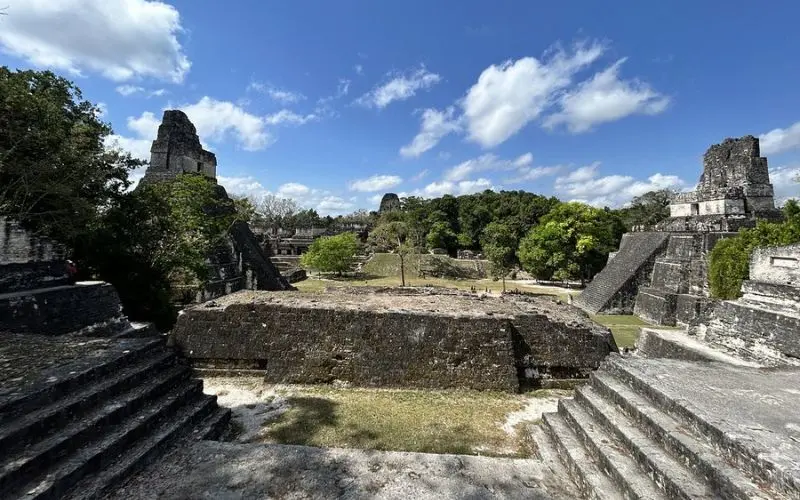
The park is open daily from 6am to 5pm, and entry costs 150 quetzales (about $19) for foreigners. If you want to catch sunrise or sunset, that’s an extra 100 quetzales, but trust me, watching the jungle wake up from the top of a Maya temple is unforgettable. Most people do day trips from Flores (about 1.5 hours away), but staying overnight at one of the jungle lodges inside the park lets you experience the site with way fewer crowds.
You’ll want at least 4-6 hours to see the main temples like Temple I (Temple of the Great Jaguar), Temple II, and the massive Temple IV. The Grand Plaza is incredible – if you clap your hands in the center, the echo sounds exactly like a quetzal bird call, which was totally intentional. The howler monkeys are loud as hell (especially at dawn), and you’ll probably spot spider monkeys, toucans, and coatis wandering around. Bring water, good walking shoes, and bug spray. This place is magical, but it’s definitely a workout climbing those steep stone steps in the humidity.
- Read next: Places to Live in Guatemala

5. The Alhambra, Spain
The Alhambra in Granada is absolutely stunning – it’s this incredible palace complex that perfectly shows off Moorish architecture at its finest. Built in the 13th century, every single room has intricate tile work, detailed stucco carvings, and courtyards that’ll make you want to never leave. The Generalife gardens are gorgeous too, especially when the fountains are running and everything’s in bloom.
I spent about half a day here and could’ve easily stayed longer. The Nasrid Palaces are the main event – the Court of Lions with its famous fountain is probably the most photographed spot, but honestly, every room is incredible. You’ll walk through the Hall of Ambassadors where Christopher Columbus met with Queen Isabella, and the Hall of the Two Sisters with its honeycomb dome that looks like it defies physics.
Tickets cost around €14-19 depending on what you want to see, and you absolutely must book in advance – they limit daily visitors and popular time slots sell out weeks ahead. The Alcazaba fortress gives you great views over Granada and the Sierra Nevada mountains. Evening visits are special too since they light up the palaces after dark. The whole complex sits on this hill overlooking the city, so you get amazing views in every direction. It’s one of those places where every corner you turn reveals something even more beautiful than the last.
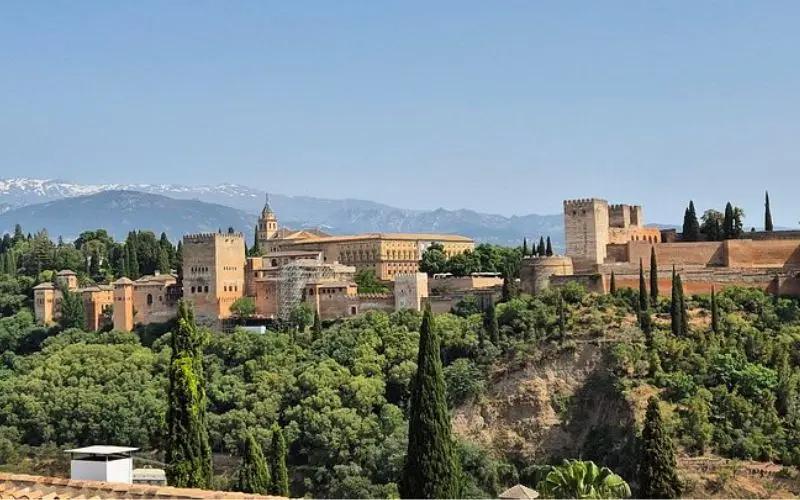
6. Stonehenge, UK
Stonehenge is definitely one of the weirder places I’ve visited, and I mean that in the best way possible. These massive stone circles just sitting in the middle of the English countryside have been puzzling people for thousands of years, and honestly, they’re still pretty mysterious. Some of those stones weigh 25 tons each and came from Wales, which is over 150 miles away. How did people move them 5,000 years ago? Your guess is as good as mine.
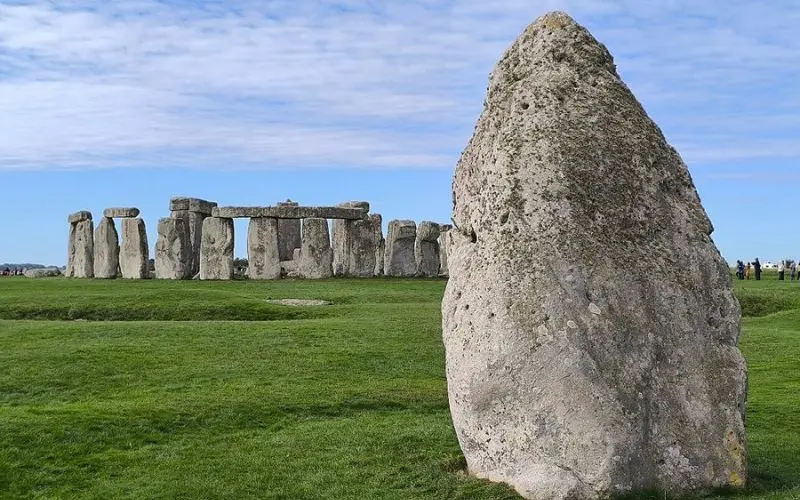
The bad news is you can’t get super close anymore – there’s a path that keeps you about 10 yards away from the stones. But even from that distance, it’s impressive as hell. The good news is the visitor center is actually really well done with interactive exhibits and a reconstruction of Neolithic houses that show you how people lived back then.
Tickets cost around £25-30 for adults and you definitely need to book online in advance, especially in summer. The site is open from 9:30am to 5pm (7pm in summer), and they do timed entry slots to manage crowds. If you’re really into it, the Stone Circle Experience lets you go inside the circle for £70, but those tickets sell out super fast and are only available outside normal hours. I went on a regular visit and it was still pretty mind-blowing. The audio guide is included and gives you all the theories about what this place was for – temple, calendar, burial ground, or maybe all three. The mystery is honestly part of the appeal.
- Read next: Unique Accommodations in Wales

7. Parthenon, Greece
The Parthenon sitting on top of the Acropolis in Athens is one of those places that looks exactly like it does in photos, except way more impressive in person. This temple to Athena was built in the 5th century BC and it’s probably the most perfect example of ancient Greek architecture you’ll ever see. Even though it’s been through wars, explosions, and centuries of wear, it’s still incredibly beautiful.
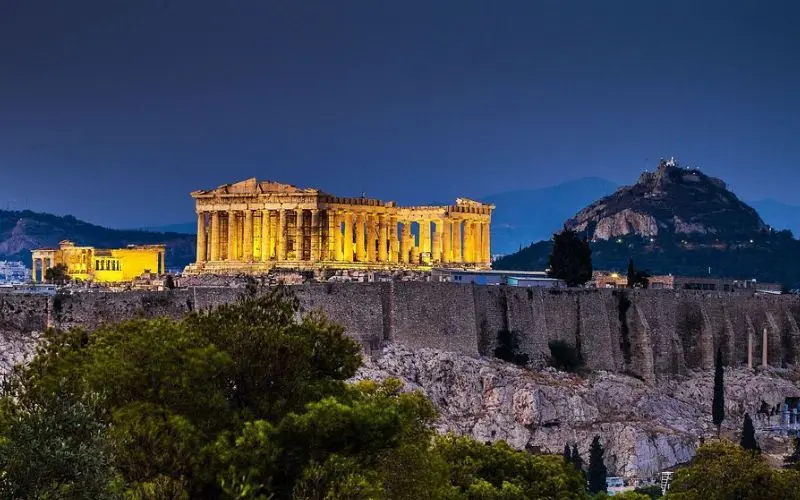
I spent about 3 hours total on the Acropolis and could’ve stayed longer. Besides the Parthenon, you’ve got the Erechtheion with those famous female statue columns (called Caryatids), the Temple of Athena Nike, and killer views over Athens. The Propylaea entrance is pretty spectacular too – it was designed to make you feel small and humble as you approached the temples.
Acropolis tickets cost €20 in summer and you absolutely need to book timed entry tickets online. The site opens at 8am (which is the best time to go to beat crowds and heat), and closes between 5pm-8pm depending on season. The combo ticket with the Acropolis Museum is totally worth it for an extra €15 – the museum has the original Caryatids and tons of sculptures that used to be on the Parthenon. Pro tip: go early morning or late afternoon. Athens gets stupid hot in summer, and there’s basically no shade up there. The views over the city are incredible, especially at sunset when everything glows golden. Standing where democracy was born hits different.
Standing where democracy was born hits different.
- Read next: Perfect Locations in Greece for Digital Nomads
- You may also like: Things to Do in Athens for Young Adults

8. Taj Mahal, India
The Taj Mahal in Agra is honestly even more incredible than all those photos make it look. This white marble mausoleum that Shah Jahan built for his wife Mumtaz Mahal is basically the ultimate love letter, except it’s a building that took 22 years to complete. The symmetry is perfect, the inlaid precious stones are stunning, and the whole thing changes color throughout the day depending on the light.
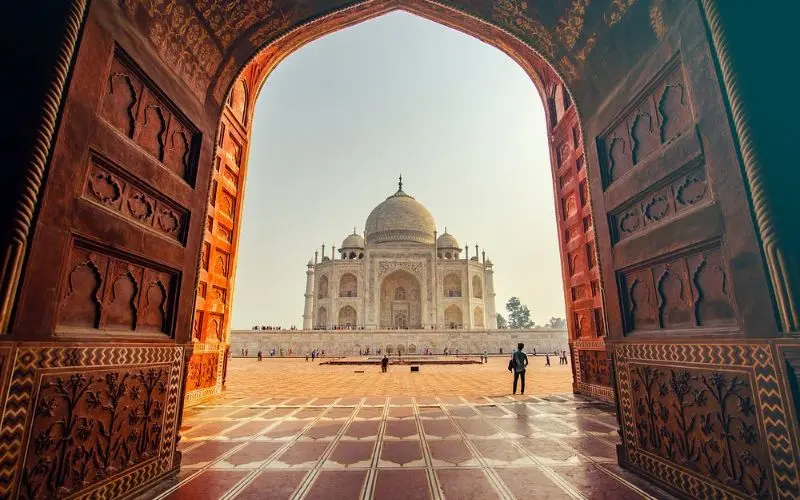
I went at sunrise and it was magical – the marble glows pink and orange as the sun comes up. The Taj is open from 30 minutes before sunrise to 30 minutes before sunset every day except Fridays (when it’s only open for afternoon prayers). Tickets cost ₹50 for Indians and ₹1,100 for foreigners. If you want to go inside the main mausoleum where the actual tombs are, that’s an extra ₹200. You can buy tickets online for a small discount, and honestly you should since this place gets crazy crowded.
The gardens are gorgeous too, with those reflecting pools and cypress trees creating perfect symmetry. Security is tight – you can’t bring much inside, but they provide shoe covers and a water bottle with your foreign ticket. The night viewing on full moon nights is supposed to be incredible (₹750 for foreigners), but you need to book that 24 hours in advance. Pro tip: go early morning or late afternoon to avoid the worst crowds and heat. It’s touristy as hell, but there’s a reason this thing is one of the New Seven Wonders – it really is that beautiful.
- Read next: Beautiful Places in India

9. Machu Picchu, Peru
Machu Picchu is one of those places that completely lives up to the hype. This ancient Inca city perched on a mountain ridge at 8,000 feet above sea level is absolutely mind-blowing. The stone work is incredible – these blocks fit together so perfectly you can’t even slide a knife blade between them, and it’s all been sitting there for over 500 years without mortar.
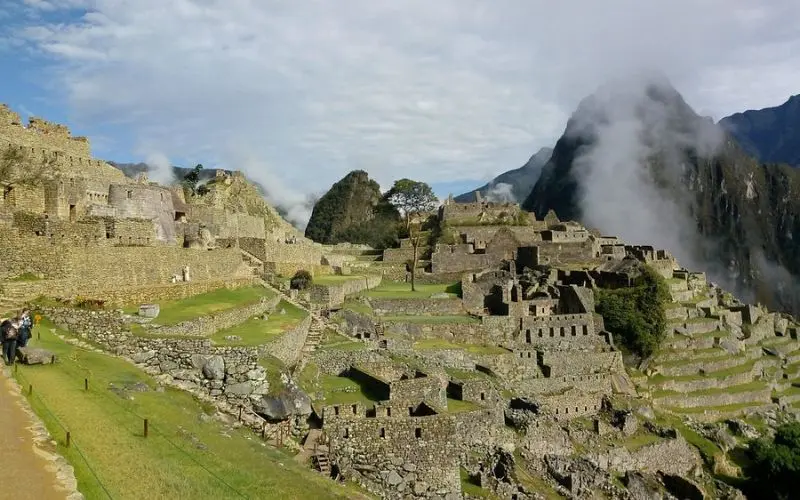
For 2025, tickets cost around 152 soles (about $45) for foreigners and you absolutely need to book in advance online. They only allow about 4,000 visitors per day split across different time slots and circuits. The classic Circuit 1 or 2 gives you those iconic postcard views from the Guardian’s House, while Circuit 4 includes climbing Huayna Picchu (the steep mountain in the background of all the photos) for an extra 200 soles. Only 400 people per day can climb Huayna Picchu, so those tickets sell out fast.
Getting there is an adventure itself – you’ll take a train from Cusco or Ollantaytambo to Aguas Calientes (about $60-95), then a bus up the mountain (another $12). The alternative is hiking the Inca Trail, but you need permits months in advance. I spent about 4 hours at the site and could’ve stayed longer. The terraces are incredible, and when you consider they built this whole city on top of a mountain without wheels or iron tools, it’s pretty mind-blowing. Bring water, good shoes, and get ready for some serious walking on stone steps. The views over the Andes are unreal.
- Read next: Unique Things to Do in Peru

10. Petra, Jordan
Petra in Jordan is like stepping into an Indiana Jones movie, except way cooler than any Hollywood set. This ancient Nabatean city carved directly into pink sandstone cliffs is absolutely incredible. The Treasury (Al-Khazneh) is the most famous structure – that’s the one from Last Crusade – but honestly, the whole site is packed with tombs, temples, and facades carved right into the rock face.
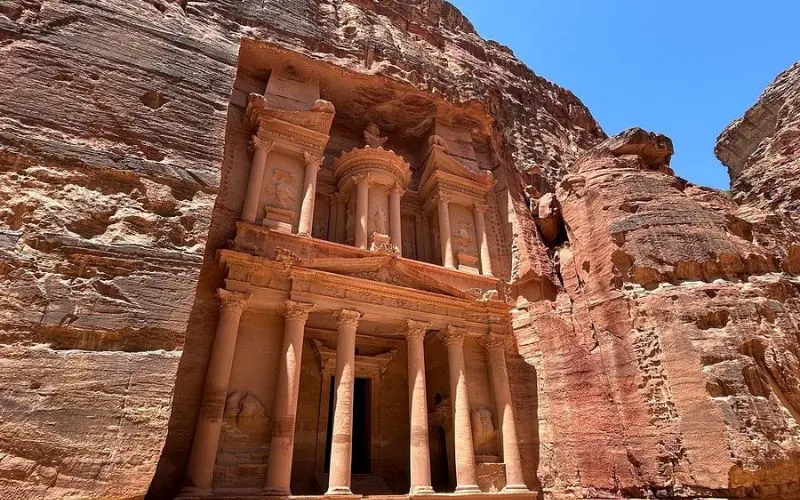
The entrance is through the Siq, this narrow canyon that winds for about a mile before suddenly opening up to reveal the Treasury. It’s one of those moments that literally makes you stop and say “holy shit” (sorry, but it does). Entry costs about 50-90 Jordanian dinars depending on how many days you want, and you’ll need at least a full day to see the main sites properly. The Monastery is a massive hike uphill (about 45 minutes) but totally worth it for the views and the fact that it’s even bigger than the Treasury.
I did the hike up to the High Place of Sacrifice which gives you amazing views over the whole site and surrounding desert. Bring tons of water – it gets seriously hot and there’s not much shade. The Royal Tombs are incredible too, and if you’re feeling adventurous, you can hire a guide to take you to some of the more remote areas. The whole place covers about 100 square miles, so there’s way more to see than just the famous spots. It’s expensive but totally worth it – this place has been blowing people’s minds for over 2,000 years.

11. Great Zimbabwe, Zimbabwe
Great Zimbabwe is probably the most underrated site on this list, and honestly, that’s part of what makes it special. These massive stone structures built by the Shona people between the 11th and 15th centuries are incredible, but you’ll have way fewer crowds than other famous ruins. The Great Enclosure has walls that are 11 meters high and were built without any mortar – just perfectly fitted granite blocks.
The site is huge, covering about 1,800 acres, and includes the Hill Complex (the royal residence), the Valley Complex (where most people lived), and the famous Great Enclosure with its mysterious conical tower. I climbed up to the Hill Complex and the views over the valley are amazing. The engineering here is seriously impressive – these walls have stood for nearly 1,000 years despite earthquakes and weather.
Entry costs about $15 for foreigners, and you’ll want at least 3-4 hours to see everything properly. The on-site museum has some cool artifacts including the famous Zimbabwe Birds (soapstone carvings that are now on the country’s flag). What’s really cool is walking through these ruins and realizing this was once a major trading center with connections to China, Persia, and the Indian Ocean coast. The fact that most people have never heard of it makes visiting feel like you’re discovering something secret. It’s about 30km from Masvingo and totally worth the detour if you’re in Zimbabwe.
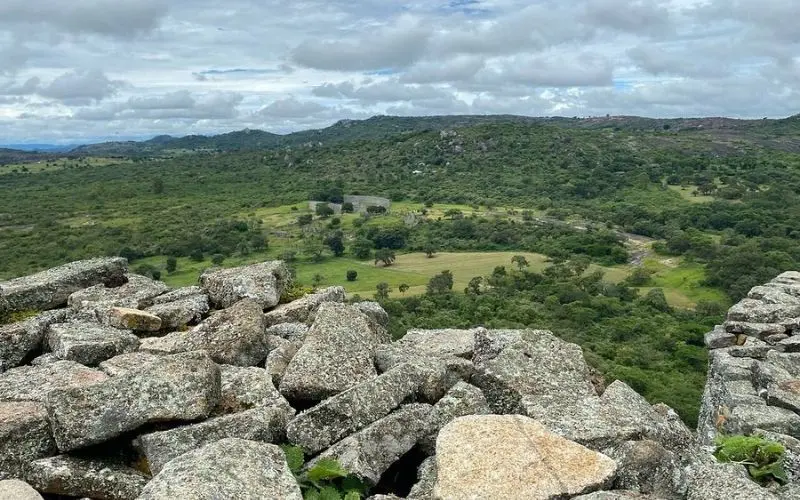
12. Mesa Verde, USA
Mesa Verde in Colorado is hands down one of the coolest archaeological sites in the United States. These Ancestral Puebloan cliff dwellings built into the canyon walls are absolutely incredible – it’s like finding a lost city right in your own backyard. Cliff Palace is the most famous, with 150 rooms and 23 kivas (ceremonial chambers) built right into the cliff face.
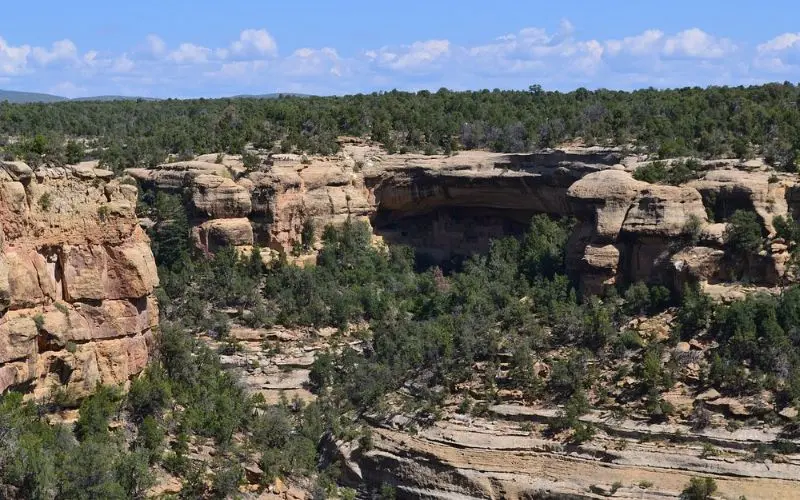
Park entry is $30 per vehicle for 7 days, and you’ll need separate tickets for the ranger-guided tours of the major cliff dwellings. Cliff Palace tours are $8 for adults and involve climbing ladders and crawling through tunnels – it’s pretty adventurous. Balcony House is even more intense with 32-foot ladders and narrow ledges. The Long House tour on Wetherill Mesa is less crowded and just as impressive.
I spent two full days here and barely scratched the surface. The Mesa Top Loop Road has pullouts where you can see cliff dwellings from across the canyon, and there are tons of hiking trails through the mesa top ruins. The Chapin Mesa Archaeological Museum is actually really well done with artifacts and explanations of how these people lived. What’s amazing is thinking about families raising kids in these cliff-side homes 700 years ago. The preservation is incredible because of the dry climate and protected alcoves. It’s about an hour from Durango and way more impressive than I expected.

13. The Pyramids at Giza, Egypt
The Pyramids at Giza are one of those places where seeing them in person is completely different from photos. These things are massive – the Great Pyramid of Khufu is 146 meters tall and was the tallest building in the world for over 3,800 years. Standing next to these 4,500-year-old structures is pretty humbling.

You can buy tickets online or at the site for 540 Egyptian pounds (about $18) for the pyramid area, plus extra if you want to go inside any of the pyramids. Going inside the Great Pyramid costs an additional 900 pounds and honestly, it’s worth it if you’re not claustrophobic. You crawl through this narrow passage to reach the King’s Chamber – it’s hot, stuffy, and incredible. The Sphinx is included in your main ticket and is smaller than I expected but still pretty cool up close.
The sound and light show at night is cheesy but kind of fun if you’re into that sort of thing. What really gets me is how precise everything is – these blocks (some weighing 15 tons) are fitted together perfectly. How did they move them without modern machinery? The Solar Boat Museum next to the Great Pyramid has a reconstructed ancient boat that was buried next to the pyramid, which is pretty fascinating. I went early morning to beat the crowds and heat, and honestly, standing in front of the last remaining Wonder of the Ancient World never gets old.

14. Angkor Wat, Cambodia
Angkor Wat in Cambodia is absolutely massive – we’re talking about the largest religious monument in the world spread across 400 acres. This 12th-century temple complex dedicated to Vishnu is mind-blowing in its scale and detail. The central tower rises 65 meters above the ground, and the whole thing is surrounded by a 200-meter-wide moat.

A one-day pass costs $37, three-day pass is $62, and the seven-day pass is $72. Trust me, get at least the three-day pass because there are dozens of temples in the Angkor Archaeological Park and you’ll want time to explore. Angkor Wat itself takes at least half a day, then you’ve got Bayon with its giant stone faces, Ta Prohm where the jungle is literally growing through the ruins (this is where Tomb Raider was filmed), and tons of other incredible temples.
Sunrise at Angkor Wat is popular but crazy crowded – I actually preferred sunset at Pre Rup or Phnom Bakheng for better views and fewer people. The bas-reliefs at Angkor Wat are incredible – over 3,000 apsaras (celestial dancers) carved into the walls, plus scenes from Hindu epics that go on for hundreds of meters. Rent a bike or hire a tuk-tuk for the day since the temples are spread out. The whole complex covers about 400 square kilometers, so there’s way more to see than just the famous spots. It’s hot and humid, so bring water and start early. This place was basically a huge city with over a million people at its peak.

15. Chichén Itzá, Mexico
Chichén Itzá in Mexico’s Yucatan Peninsula is probably the most famous Maya site in the world, and for good reason. The El Castillo pyramid (also called the Temple of Kukulkan) is perfectly designed so that during the spring and autumn equinoxes, the shadows create the illusion of a serpent slithering down the steps. Pretty incredible engineering for something built over 1,000 years ago.
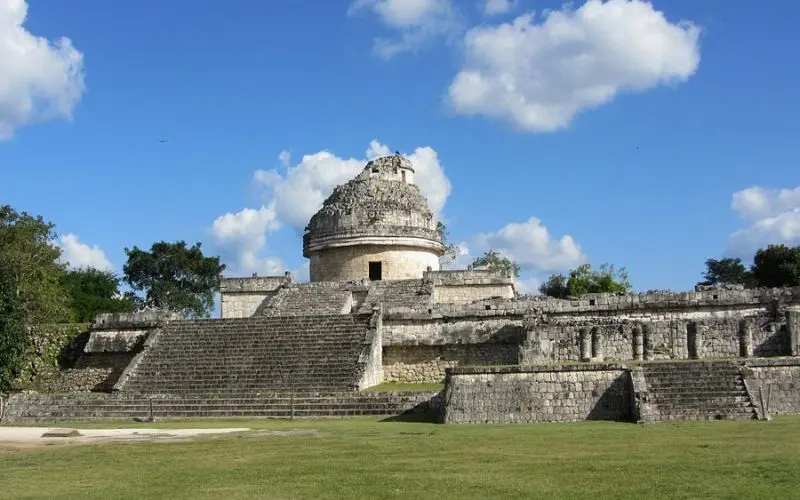
Entry costs about 614 pesos (around $35) for foreigners, and unfortunately, you can’t climb the pyramid anymore since 2006 for preservation reasons. But honestly, there’s plenty to see – the Great Ball Court is the largest in Mesoamerica, the Temple of Warriors has hundreds of columns, and the Sacred Cenote is this natural sinkhole where the Maya made offerings to their gods.
I spent about 4-5 hours here and saw most of the main sites. The El Caracol observatory shows how advanced Maya astronomy was – they could predict eclipses and track Venus. The acoustics at the pyramid are incredible – clap your hands at the base and it echoes back sounding like a quetzal bird call.
The site gets absolutely packed with tour groups from Cancun and Playa del Carmen, so go early or late in the day if possible. The sound and light show in the evening is pretty spectacular if you don’t mind staying late. It’s about 2.5 hours from Cancun by car, or you can take a bus or join a tour. One of the New Seven Wonders that definitely deserves the recognition.
- Read next: Cheapest Places to Fly Into Mexico

Finding flight deals to visit the best historic sites in the world
Unfortunately, most of us are not lucky enough to have the Great Wall of China or the Taj Mahal in our backyards. This means you’ll need to do some traveling to experience these ancient marvels. Fortunately, there are resources available to help you find affordable flights to these places!
My favorite way to score cheap airfare is with Scott’s Cheap Flights (now called Going). I’ve used this service for years to get the best deals on domestic and international flights. I save hundreds of dollars every time I book a round-trip flight. And the best part? It’s 100% free!
Simply sign up, select your home airport, then receive free email alerts about cheap flight deals. They also send out alerts regarding mistake fares and other monumental savings.
The free tier is a great way to save money on occasional flights. However, if you travel often or like to fly first-class, I recommend looking into the premium or elite memberships. The Premium tier only costs $49/year, and you’re the first to know about exclusive deals and incredible savings on economy seats. With Elite, you have full control over the deals you receive and can save money on business and first class tickets. Flying first class is a great way to travel the world and explore its many ancient wonders!
I’ve saved THOUSANDS of dollars on flights since I started using Scott’s Cheap Flights, and you can, too. For an even better deal, use my discount code Jon20 to save 20%!
- Read Next: 30 Must-See UNESCO World Heritage Sites
